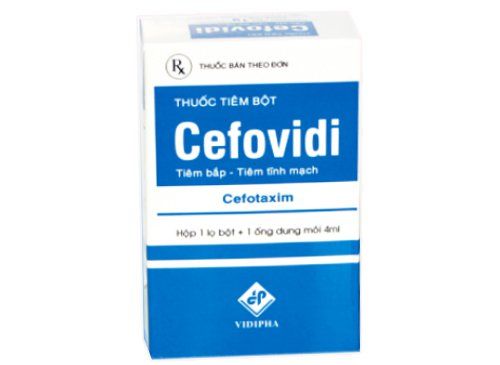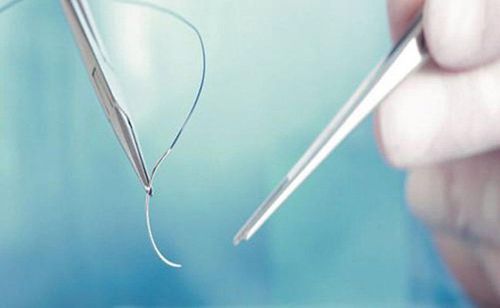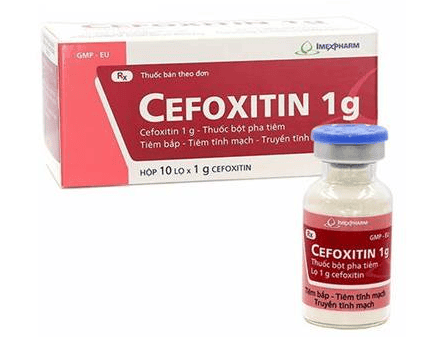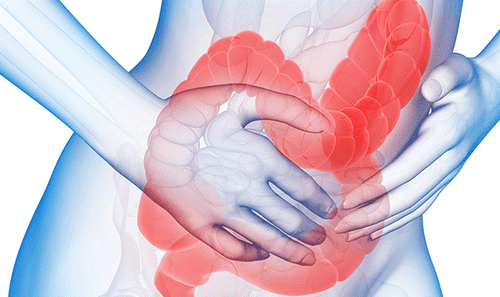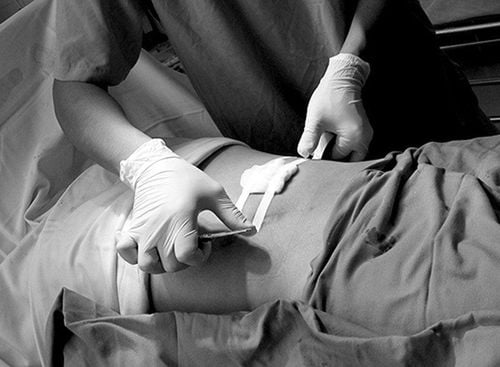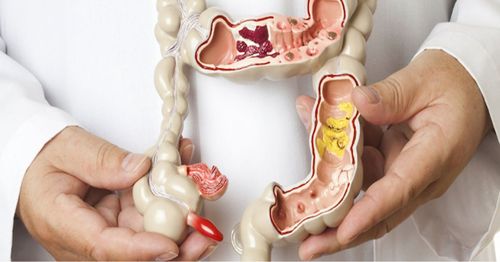This is an automatically translated article.
This article is professionally consulted by resident Doctor Le Thanh Tuan - Department of General Surgery - Vinmec Nha Trang International Hospital. The doctor has extensive experience in examination, treatment and surgery of abdominal diseases.1. What is self-consumption?
Types of sutures used in medicine have the role of closing the wound or surgical incision. They are classified in many ways, based on thread structure, composition, material,...; in which, the most common classification is only absorbable and non-digestible only.Contrary to non-digestible thread, self-dissolving thread has a prominent feature that it will be broken down by enzymes in the body's tissues naturally after a certain period of time, when the wound is relatively stable determined. Accordingly, the patient does not need to make a follow-up appointment to remove the sutures. This is the advantage that makes the self-dissolving indicator to be chosen and used quite widely.

Simple catgut: This is a completely natural material, prepared from collagen substances in the intestines and animal serum. Thread is usually presented as a monofilament and is used to repair wounds and tears deep inside soft tissue, especially in gynecological surgery. However, this type of thread is not used in cardiovascular or neurosurgery. If the body has a strong reaction to simple catgut sutures, the wound surface will be at risk of scarring. Polydioxanone (PDS): This is also a single-threaded suture but with a synthetic material. Their application is also in soft tissue injuries such as laminar closure of the abdominal wall. In addition, unlike simple catgut sutures, polydioxanone sutures can be used in cardiac surgery in pediatric patients. Poliglecaprone (MONOCRYL): Similar to polydioxanone sutures, this is also a synthetic monofilament suture and used in general soft tissue repairs but should not be used for cardiovascular or neurological procedures. However, the wound that is indicated to use this thread is usually a wound, a skin incision, not used in cardiovascular or neurosurgery. Polyglactin (Vicryl): This is also a synthetic suture, used to close lacerations in the hands or face, not for use in cardiovascular or neurosurgery.
2. When is the self-expenditure used?
Doctors choose to close the wound with what type of suture, how to suture technique, depending on the size, depth, location and type of the wound as well as the expertise and experience of each person.For superficial wounds, non-absorbable sutures are often chosen because of their durability. In contrast, self-dissolving sutures are preferred on deeper wounds or surgical incisions. Because when it comes to closing a deep wound, the surgeon needs to sew multiple layers of tissue together with dissolvable stitches without the need for suture removal.
In addition, if the skin wounds have tension, the possibility of pulling is not much, the absorbable thread can still be chosen to help doctors easily manipulate the shape of the wound, helping reduced risk of the wound needing to be reopened and a lower chance of scarring.
Thus, the self-dissolving thread is often used in the following cases:
Oral surgery, such as wisdom tooth extraction. Suture torn muscles and connective tissues. Skin graft. Certain types of abdominal surgery, including caesarean section. Vaginal and episiotomy due to vaginal delivery.

3. How long will it take for the self-disposable thread to be destroyed?
The amount of time it takes for the tissue of the body to absorb the absorbable sutures will depend on the material of the individual thread. Therefore, doctors will consider the characteristics of the wound and the location on the body to choose the appropriate material for the type of self-dissolving suture to use.For example, when an orthopedic surgeon wants to close an incision after a joint replacement, he or she will choose a resorbable suture that only begins to dissolve after a few months. In contrast, after a cesarean section, your doctor may opt for dissolving stitches that will dissolve within a few weeks.
4. How to clean when there is a self-dissolving suture wound
The patient needs to follow the doctor's instructions for care after the wound is closed with dissolvable stitches. In most cases, patients can begin gentle bathing and cleaning as early as 24 hours after wound closure. Even so, soaking in the tub for a certain time is still something to be avoided at this time.How to care for a suture wound with absorbable sutures is as follows:
Change the dressing properly, which helps reduce the risk of infection. Clean and bathe according to the instructions of the doctor. Gently pat the wound area to dry quickly after bathing. Try to keep the wound area clean and dry. Do not arbitrarily use bandages, gauze of unknown origin to cover the wound without a doctor's prescription. Avoid using soap directly on the wound. Do not take a bath or swim until the wound is completely healed. Avoid vigorous activities that can stretch or pull the wound. Wear loose, comfortable clothing around the wound area. Always wash your hands thoroughly before touching the wound or when changing a bandage.
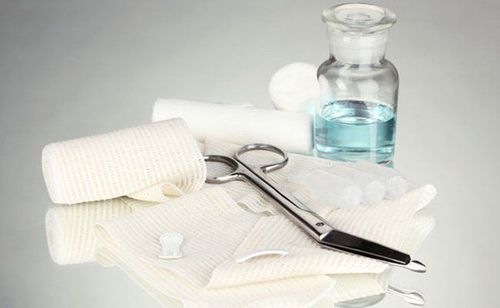
5. Does the self-dissolving thread need cutting?
As the name suggests, self-dissolution can disappear spontaneously without any intervention. As such, do not attempt to remove any stitches without your doctor's approval. In general, however, it is not necessary to have sutures removed ahead of time to ensure complete healing.All you need to do is monitor and care for the wound according to the guidelines above, to reduce the risk of infection and wound infection complications. Accordingly, it is necessary to keep the wound clean and dry; At the same time, when there are signs and symptoms of an infected wound as follows, it is necessary to seek medical care soon:
The skin around the wound is warm, warm, swollen, red.. Pain is worse from the wound area. . There is an unpleasant odor or unusual discharge from the wound. Fever, feeling unwell. If it is suspected that the wound has become infected, medical attention should be sought as soon as possible for intensive care to avoid more serious complications, such as cellulitis and sepsis.
In a nutshell, absorbable sutures are threads made from materials that the body can break down and absorb completely, without having to go back to the doctor to have the sutures removed. However, no matter what type of suture is used, people still need to follow the doctor's care instructions after discharge from the hospital, do not arbitrarily remove the stitches without the doctor's approval to ensure the wound. heal well and limit infection.
Please dial HOTLINE for more information or register for an appointment HERE. Download MyVinmec app to make appointments faster and to manage your bookings easily.
Reference source: healthline.com; medicalnewstoday.com




